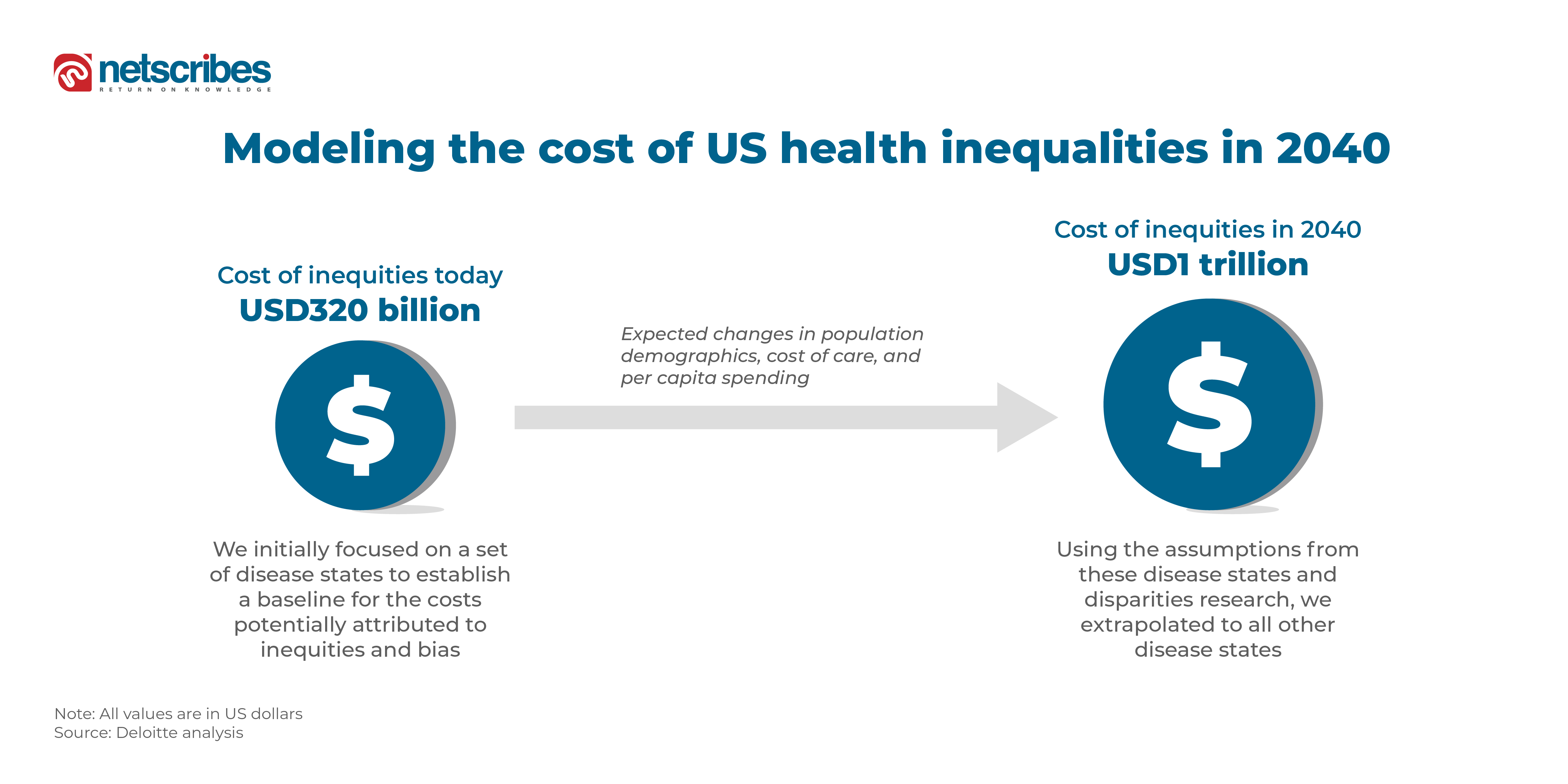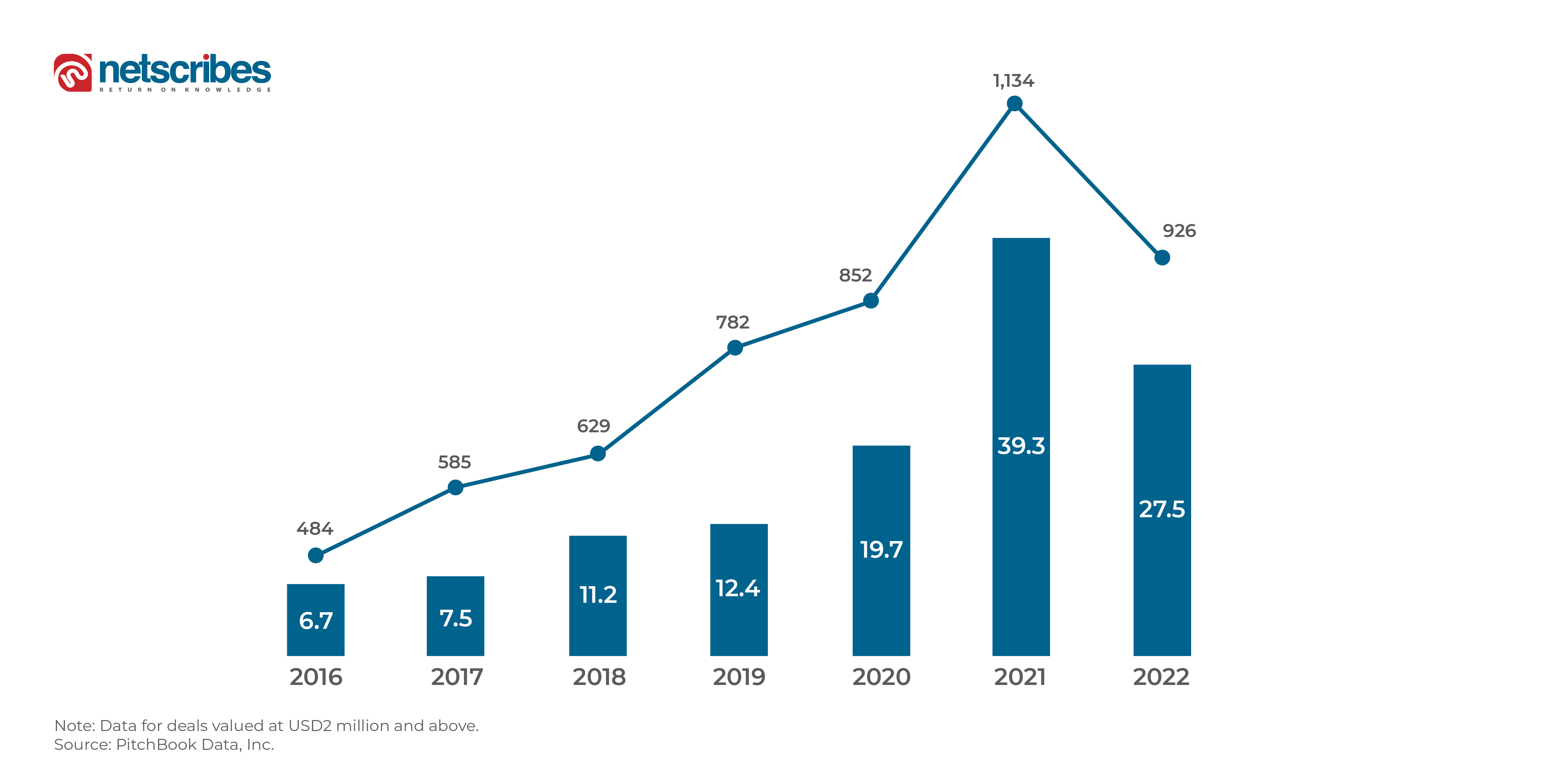Highlights
- Healthcare market analysis is becoming increasingly important as it equips organizations with the tools to navigate complex challenges, identify untapped opportunities, and deliver patient-centered care.
- The healthcare sector is undergoing a significant transformation driven by emerging trends like Artificial Intelligence (AI), the "whole health" model that addresses social determinants of health.
- While healthcare market analysis offers valuable insights through the abundance of data available, challenges lie in effectively analyzing and interpreting this information.
- The future of healthcare market analysis is brimming with potential, fueled by advancements in technology and methodologies.
In 2024, the global healthcare sector is undergoing profound shifts amidst unprecedented challenges. From grappling with the aftermath of the COVID-19 pandemic to addressing persistent health inequities, healthcare providers are navigating a landscape marked by rising costs and labor shortages. In terms of healthcare market analysis, a Deloitte report estimates the cost of health inequities could triple to USD 1 trillion by 2040, or about USD 3,000 per person per year.
Amidst these complexities, healthcare market analysis has emerged as a critical tool for informed decision-making. With AI and machine learning at the forefront, healthcare organizations are harnessing predictive analytics to streamline administration, diagnosis, and treatment. Moreover, as sustainability takes center stage and telemedicine redefines care delivery, understanding market dynamics becomes paramount. Healthcare market analysis not only identifies patient needs and preferences but also highlights untapped market opportunities and informs strategic marketing initiatives.

Steps to conducting healthcare market analysis
Needless to say, the importance of healthcare market analysis cannot be overstated, as it provides critical insights for navigating the industry’s dynamic landscape. Here’s a concise guide on conducting it effectively:
- Data Collection: Data is gathered meticulously from diverse sources to ensure comprehensive insights.
- Market Segmentation: Market segments are understood, allowing for tailored approaches to addressing specific needs.
- Trend Identification: Prevailing trends within the healthcare industry are identified and analyzed for strategic planning.
- Competitive Analysis: Competitors’ strengths, weaknesses, and market positioning are assessed to identify areas of opportunity.
- Future Predictions: Insights are leveraged to make informed predictions about emerging trends, technological advancements, and regulatory changes.
Emerging Trends in the Healthcare Market
The healthcare sector finds itself at a pivotal juncture, witnessing significant transformations fueled by technological advancements and evolving care paradigms. Let’s delve into the notable trends shaping the healthcare market today:
1. Advancements in Artificial Intelligence (AI)
Despite a recent slowdown in investment, AI continues to revolutionize healthcare delivery. With the potential to save $360 billion annually in the US alone, AI is automating administrative tasks, predicting patient outcomes, and enhancing access to care. Through intelligent diagnosis and personalized care plans, AI holds promise for improving patient outcomes and population health management.

2. Transition towards a “Whole Health” model
Recognizing the significant impact of social determinants on health outcomes, the healthcare sector is embracing a holistic approach to care. Integrating social and health services, this model aims to address underlying social and behavioral factors, reducing reliance on costly interventions. With strong public support and government investments in social care workers and service delivery models, this paradigm shift seeks to improve overall health outcomes and enhance preventative care.
3. Adoption of Telemedicine
Telemedicine has swiftly emerged as a transformative tool amidst the COVID-19 pandemic, revolutionizing healthcare delivery by breaking down geographical barriers and reshaping patient-provider interactions. Its widespread adoption during the crisis has facilitated remote consultations, monitoring, and follow-ups, particularly benefiting underserved communities and rural populations. By providing access to specialized care without the need for extensive travel, telemedicine has significantly reduced healthcare disparities and improved health outcomes.
Moreover, its adoption has ushered in a new era of convenience and flexibility in patient-provider interactions, enabling timely medical advice, prescriptions, and treatment plans from the comfort of patients’ homes while ensuring seamless coordination between primary care providers, specialists, and allied healthcare professionals.
4. Sustainable Healthcare Practices
Amidst growing concerns about climate change, the healthcare sector is taking strides towards sustainability. While healthcare contributes nearly 5% of greenhouse gases globally, initiatives such as improved building management, renewable energy adoption, and supply chain optimization are mitigating its environmental impact. With policymakers mandating carbon footprint disclosures and investments in carbon-neutral infrastructure, the healthcare industry is proactively addressing its environmental footprint while ensuring resilient and sustainable healthcare delivery.
5.The Shift to Value-Based Care
Value-based care represents prioritizing patient outcomes and cost-effectiveness over traditional fee-for-service models. By incentivizing quality over quantity, value-based care fosters preventive measures, chronic disease management, and holistic care approaches. This model emphasizes care coordination and integration across healthcare settings, leveraging data analytics and population health management to identify high-risk populations and tailor interventions effectively. The healthcare sector is leaning towards value-based care in 2024. This is especially enabled by technological advances and rising awareness.
Incorporating these trends into strategic planning can empower healthcare organizations to navigate complexities, drive innovation, and deliver patient-centered care in an evolving healthcare landscape.
Challenges and Opportunities in Healthcare Market Analysis
Conducting healthcare market analysis presents businesses with both challenges and opportunities. While the abundance of data offers valuable insights, businesses often grapple with the complexity of analyzing and interpreting this information effectively. Moreover, ensuring data accuracy and relevance remains a persistent challenge, particularly in an era of rapid technological advancements and shifting consumer preferences.
However, amidst these challenges lie opportunities for leveraging emerging trends to gain a competitive advantage. By embracing innovative technologies such as artificial intelligence and machine learning, Healthcare providers can unlock deeper insights, identify market opportunities, and enhance decision-making processes. Additionally, the integration of data analytics and predictive modeling enables firms to anticipate market trends, adapt strategies proactively, and drive sustainable growth in the dynamic healthcare market.
What Lies Ahead and How Can Healthcare Market Analysis Help
Looking ahead, the future of healthcare market analysis holds immense promise, driven by advancements in technology and methodologies. These technologies offer unprecedented opportunities for real-time data insights, personalized patient care, and enhanced decision-making capabilities.
As businesses continue to innovate and adapt to the evolving healthcare landscape, healthcare market analysis promises to add agility, innovation, and data-driven decision-making to the mix.
For relevant and insightful findings into the healthcare sector, explore Netscribes’ healthcare market research services. Contact us today.
FAQs
AI, whole health model (focusing on social determinants of health), telemedicine, sustainable practices, and value-based care are some key trends.
Analyzing and interpreting vast amounts of data accurately and keeping up with rapid technological advancements can be challenging.
By leveraging AI and data analytics, businesses can gain a competitive advantage, identify market opportunities, and make data-driven decisions.
Advancements in technology and methodologies offer exciting prospects for real-time data insights, personalized care, and improved decision-making.






